Deck & Commander Strategies

Arabella, Abandoned Doll
Generate numerous token creatures, leverage Arabella's ability to grant haste, and execute a fast, lethal swing often in a single turn using a token swarm and potential combo finishes.

Bello, Bard of the Brambles
Transform non-creature artifacts into vehicles and aggressive creatures to enable quick combat damage with hasty attackers, focusing on vehicular combat to overwhelm opponents.
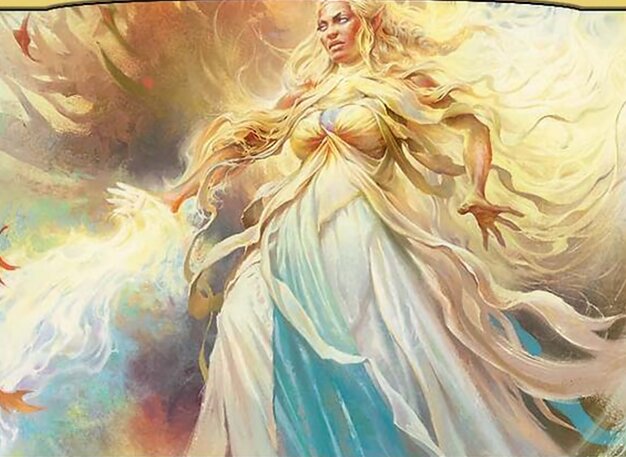
Galadriel, Light of Valinor
Utilize landfall and elf synergies to ramp and draw cards, building incremental advantage through ETB effects and ramping to eventually outvalue opponents and control the board.

Rodolf Duskbringer
Build a life gain and drain engine with angels and life-linking creatures, transforming life gain into board control and damage via planeswalker abilities, combining sustain and attrition.
Gameplay Insights
- 1
Using Lightning Greaves early to protect commanders and key creatures allowed players to maintain tempo and protect combo or synergy pieces from removal.
- 2
Transforming Saurin into a planeswalker added multiple layers of utility, including token generation, targeted damage, and creature control, significantly impacting the board state.
- 3
Discarding powerful removal spells like Path to Exile and Swords to Plowshare early was a strategic investment for Arabella’s pilot, likely enabling a future board wipe or combo turn.
- 4
Extort and life gain triggers were efficiently used by Rodolf to fuel his planeswalker transformation and keep opponents’ life totals in check, balancing offense and defense.
- 5
Galadriel’s ramp and card draw engine with Nissa Resurgent was crucial for maintaining hand advantage and accelerating towards critical threats.
- 6
Bello’s aggressive use of vehicles and hasty creatures aimed to quickly pressure opponents while maintaining flexibility through artifact transformations.
Notable Cards
-
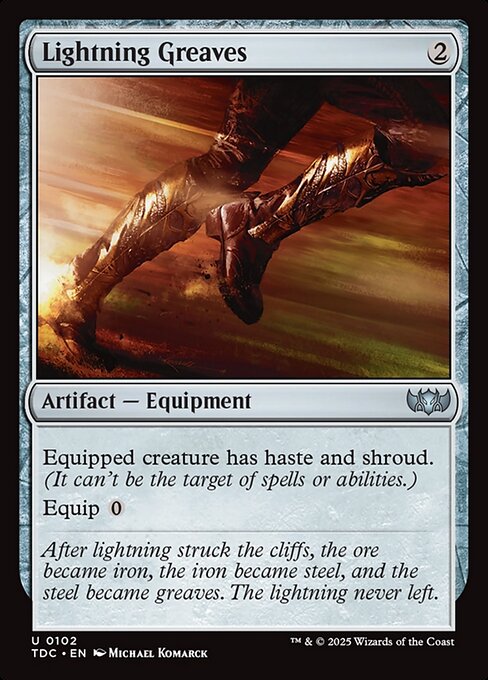
Lightning Greaves
-
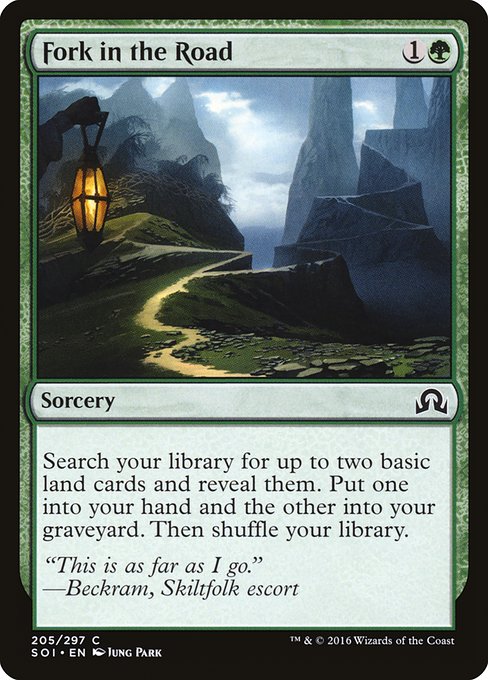
Fork in the Road
-
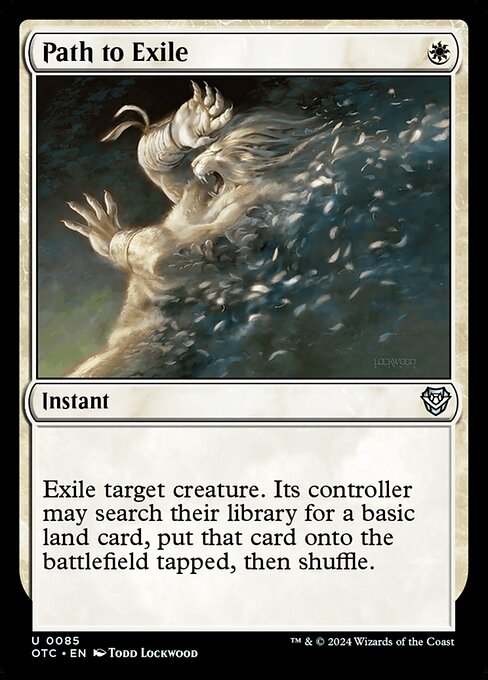
Path to Exile
Gameplay Summary
The game began with a typical mana development phase from all four players, setting up their colors and early plays.
Rodolf Duskbringer focused on assembling a life gain and drain engine with angels, highlighted by casting Saurin of House Marov, which transformed into a planeswalker after a successful life gain trigger.
Galadriel, Light of Valinor employed a landfall and elf synergy strategy, casting ramp and card advantage spells like Nissa Resurgent to fuel her board development.
Bello, Bard of the Brambles utilized an aggressive, hasty creature strategy with vehicular combat, aiming to create quick damage output by transforming artifacts and generating tokens.
Arabella, Abandoned Doll concentrated on creating numerous token creatures and using her hasty ability to swing for lethal damage in a single turn, indicating a combo or token-swarm finish. Key turning points included the transformation of Saurin into a planeswalker, which added versatile control and damage options to Rodolf's arsenal, and the early casting of Lightning Greaves on multiple commanders and creatures to protect key pieces and enable aggressive plays.
The discard of powerful removal spells by Arabella's pilot early in the game suggested a future threat that could clear the board or protect her combos.
The interactions among players, including life gain drains, extort triggers, and taxing effects from Kimal Console of Allocation, created a dynamic board state where tempo and resource management were critical.
The game appeared poised for a dramatic conclusion hinging on Arabella’s token rush or Rodolf’s life manipulation backed by Galadriel’s incremental advantage and Bello’s aggressive combat tactics.


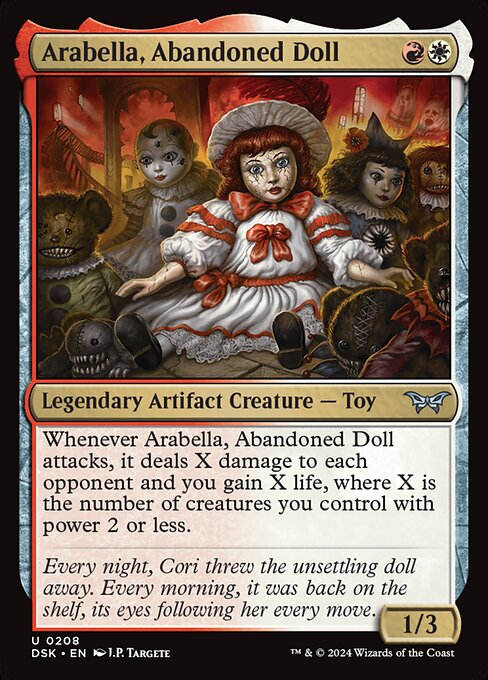
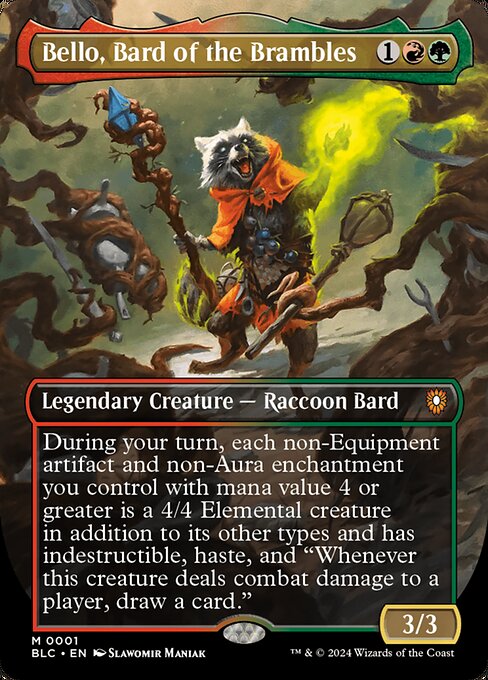

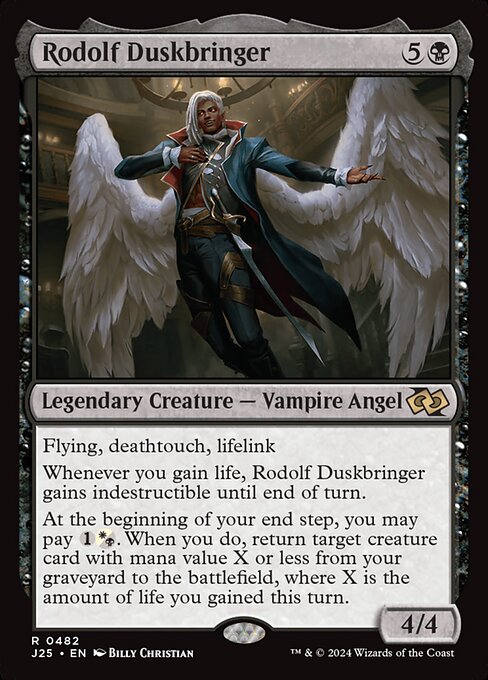

















![Descend into Damage💥 | Herumkommandiert #14 | EDH Commander [Deutsch] thumbnail](https://i.ytimg.com/vi/l8nlvGQG1Xs/sddefault.jpg)














